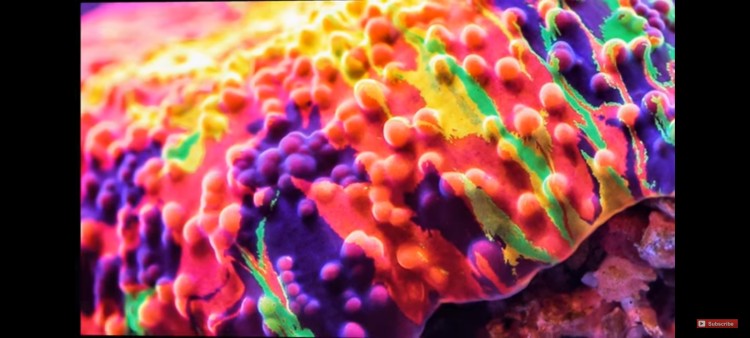Reef Aquarium Photography: A Beginners Guide
- Apr 03, 2022
- Anshika Mishra
- 199 0 0

Our tanks are challenging things to shoot, so hopefully, this article will be helpful to those who want to take better pictures.
Before we launch into some of the tips and tricks, let's go over some basics.
Reef Photography
The goal is to capture good exposure. Think of exposure as a function of:
- Aperture
- Shutter Speed
- ISO
Aperture
Aperture is the size of the hole in the camera that allows in light. The bigger the hole, the more the lights shine in.
An f-number signifies aperture. A smaller f-number corresponds to a larger aperture. It is an inverse relationship.
Shutter Speed
A bucket filled with water is a good way to visualize the relationship between aperture, shutter speed, and ISO. To achieve good exposure, you need to fill the bucket with a hose. The gap is the size of the hose, so the bigger the size, the more water flows and less time it takes for the bucket to fill.
That time is shutter speed. There are benefits to filling the bucket faster to achieve a faster shutter speed.
ISO
ISO is motion-sensitive; you can turn it up in digital cameras. Imagine a badly tuned Radio where you can't quite make out the song for a better understanding of ISO. You can turn it louder to hear the music, but you will also introduce more static and crackle.
That's the trade-off with ISO. You will get more signals, but you will get more noise.
So, why not get a big hose to shoot spray foam into the bucket and fill it all up in a nano-second?
The shorter answer is that all of these things, aperture, shutter speed, and ISO, affect the look of the image in different ways, and all of them have their drawbacks if you take them to an extreme.
To simplify things, think about aperture when starting.
Aperture Priority
To do this, look to set your camera to aperture priority. By doing this, the camera will automatically adjust for all the other parameters.
So, you may be wondering what makes aperture so special?
It dramatically affects the depth of the field, which gives the photographer a great degree of creative control.
This control over the depth of the field is vitally important because it allows you to emphasize the subject and de-emphasizes the background and foreground to direct the viewer's attention.
What's wrong with f/16?
Think again of that bucket. f/16 will be a very small house and would take an extra-long time for the bucket to fill. It would take a slow shutter speed, which could introduce motion blur from either the subject or from the movement of the camera itself?
So, what can we do to preserve f/16 and minimize the effect of that slow shutter speed?
There are three options at this point
- You can crank up the ISO
- You can add more light like a flash, for example
- Use a tripod
what's nice about a tripod is that it eliminates a handshake from the equation. When shopping for a tripod, there are three factors to consider:
- Price
- Stability
- Weight
At best, you can have two of the three. However, if you want super lightweight and stability, prepare to spend over $1000.
Macro Lenses
If you've spent any time at reef message boards, you've probably seen great close-up photos and talk of macro photography.
So, what exactly is a macro lens?
Technically, it's a lens that can magnify a subject in a one-to-one ratio onto the image sensor. In layman's terms, it is a lens that can focus on things close to it.
Most macro lenses are 100 millimeter fixed focal length lenses but don't worry about that. The macro lens is designed to be able to focus on those subjects right on top of it.
This unique feature of the macro lens allows extreme magnification, which works great for reef photography.
Shooting Angle
The glass acrylic of our tank is another lens. If we shoot at it at an angle, it will bend light and want to create unwanted distortions.
So, try as much as possible to shoot straight perpetual to the glass to minimize that distortion.







About author